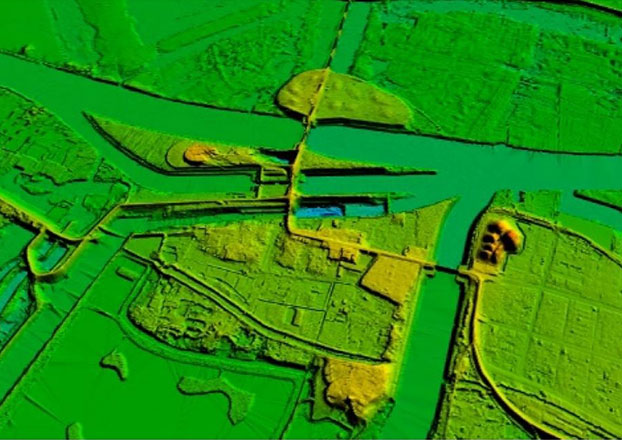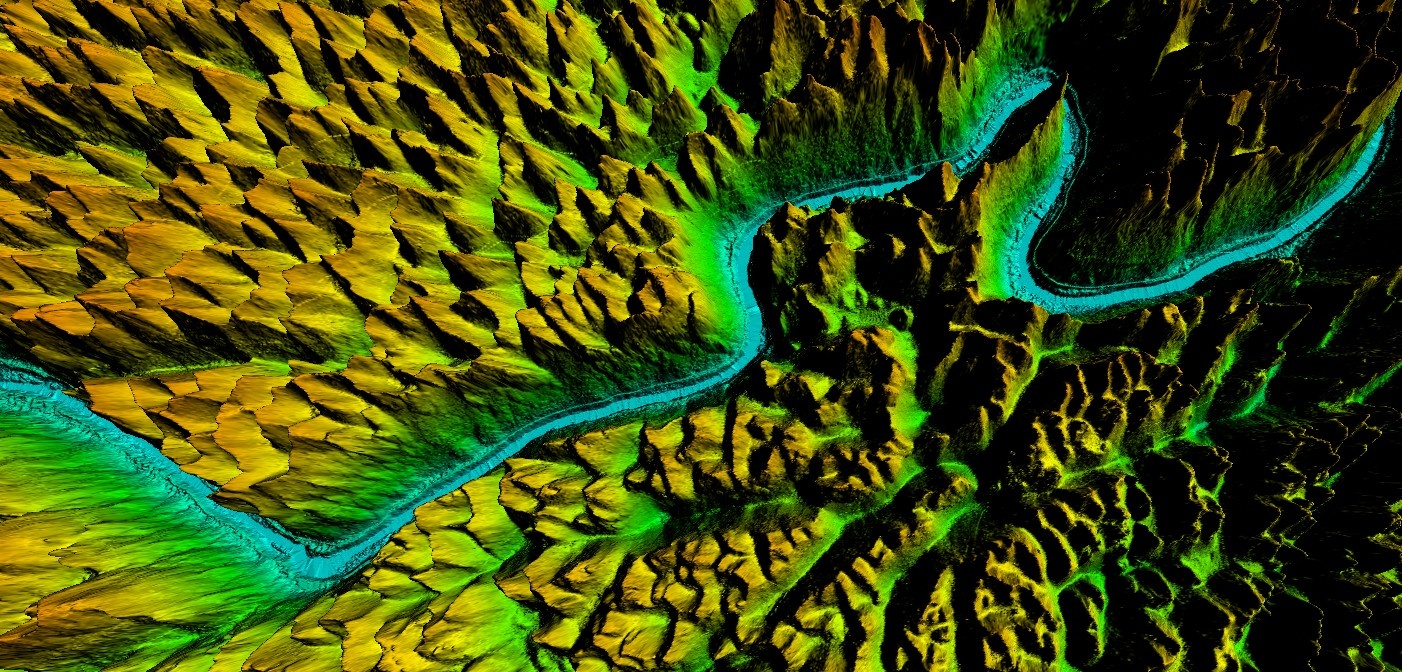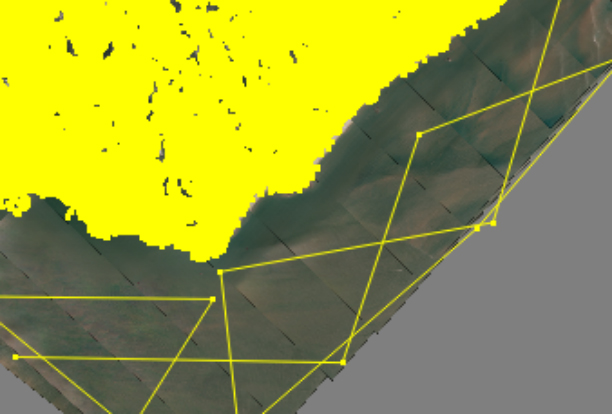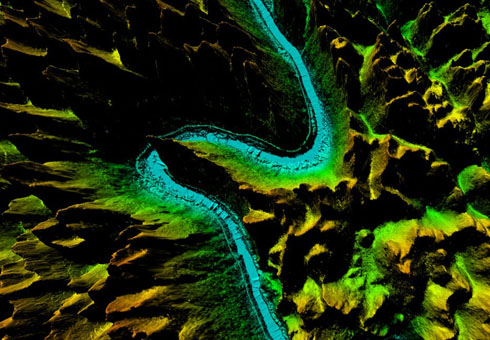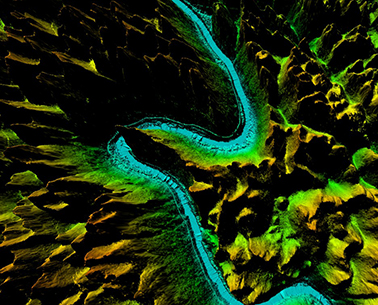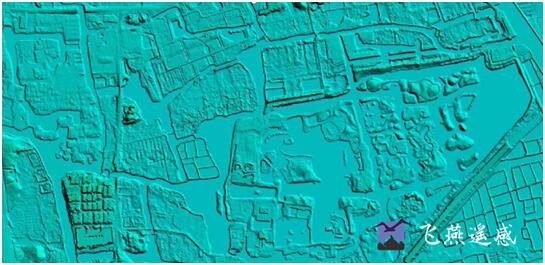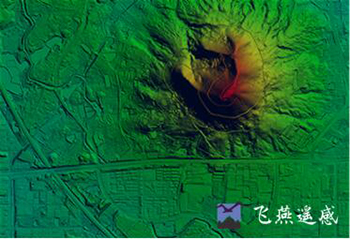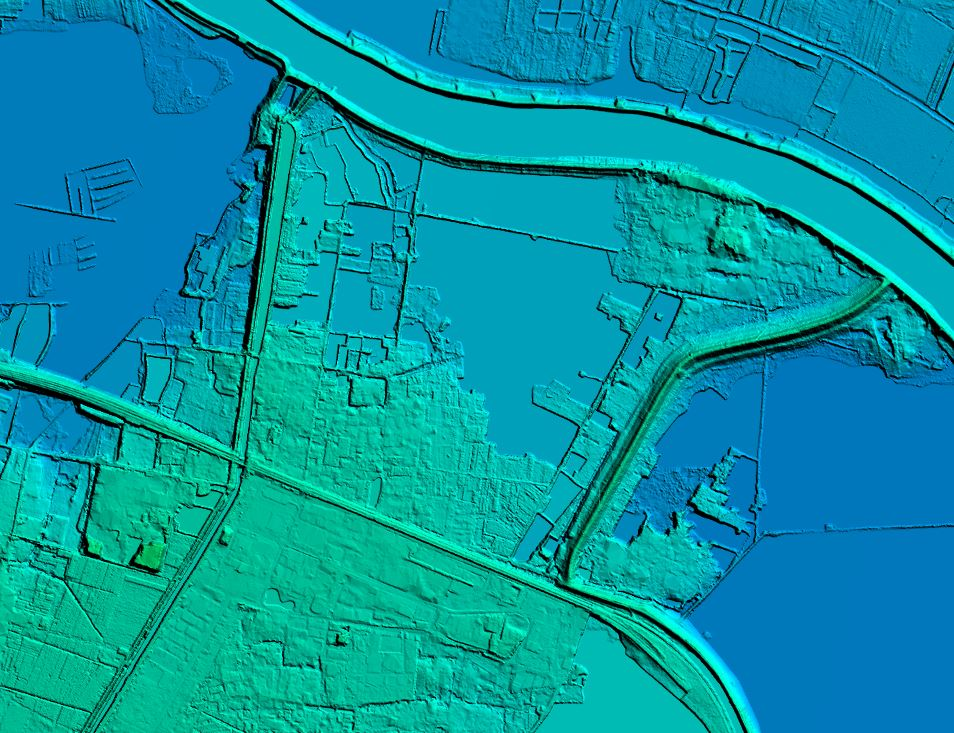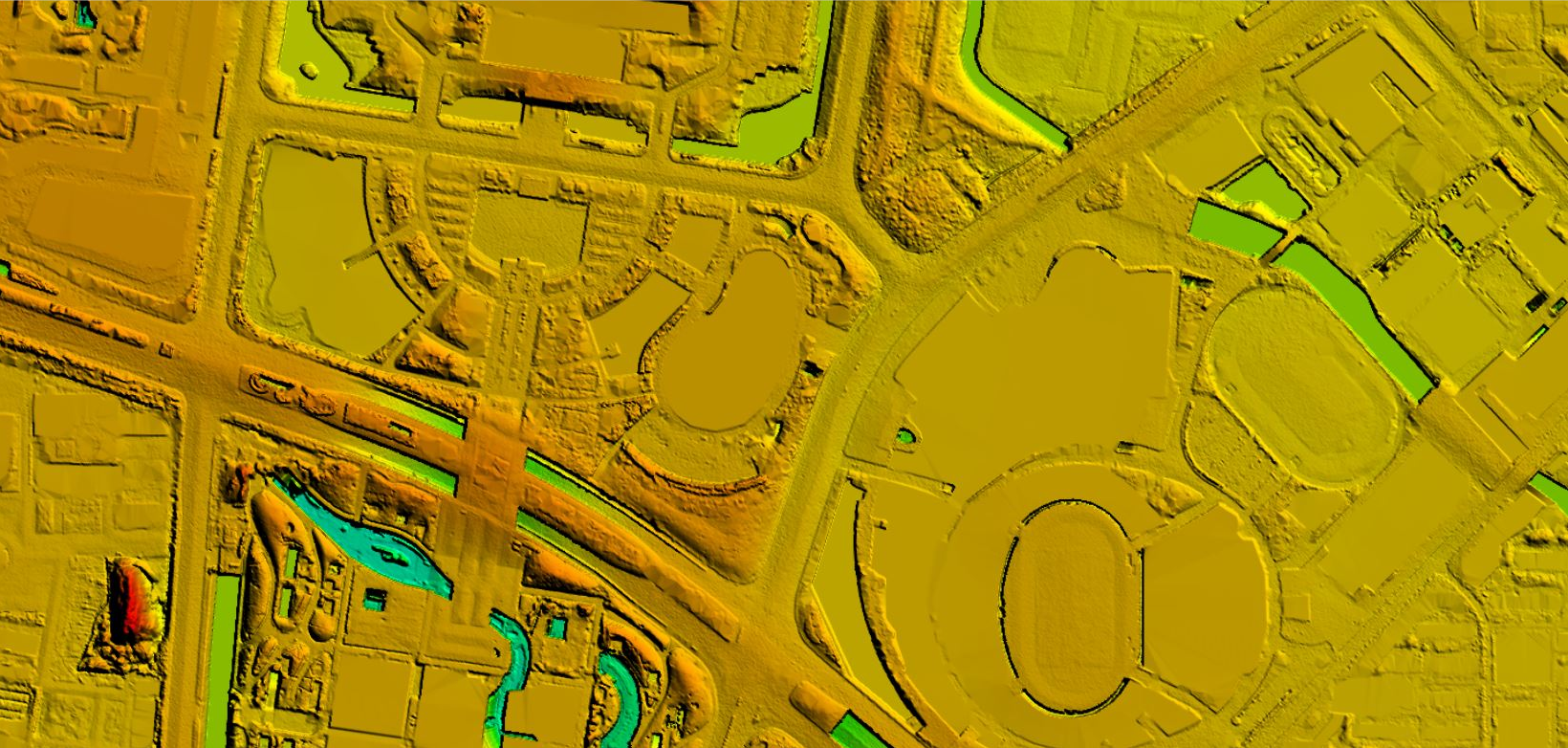
search
What is Digital Elevation ModelпјҲDEMпјүпјҹ
Apr 07, 2023
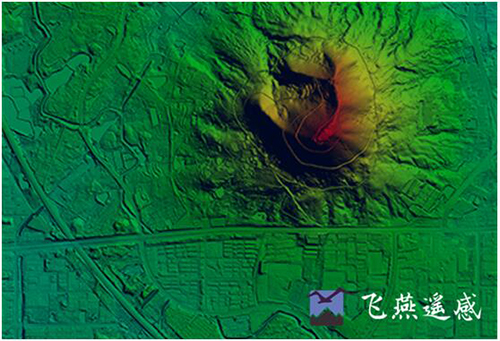
A digital elevation model (DEM) is a digital representation of the topography of a geographic area. It is a type of geographic data that encodes the height and slope of terrain on a raster at regular intervals, usually using a raster data format. DEM are commonly used to create digital maps and to perform spatial analysis of terrain and other geographic features.
There are several different types of DEM based on the resolution and accuracy of the data.Some common types of DEM include:
в—Ҹ Digital Terrain Model (DTM): This digital elevation model represents bare earth terrain without vegetation or other surface features.
в—Ҹ Digital Surface Model (DSM): This DEM represents the top of the Earth's surface, including vegetation, buildings, and other objects.
в—Ҹ Digital Terrain Elevation Data (DTED): A DTED is a DEM created using elevation data from satellite imagery or other sources.

We can create DEM using a variety of methods, such as interpolating contour lines from topographic maps, digitizing elevation data from aerial photographs or satellite imagery, or direct measurements using lasers or other sensors. DEM have resolutions ranging from millimeters to hundreds of meters, depending on the data source and intended application.
вҖғ
-
 Jul 30, 2021
Jul 30, 2021The DEM (1:1000) 12000kmВІ of the entire watershed area was obtained and processed within 40 days.
Torrential rains have battered Zhengzhou and its surrounding area during the last ten days, displacing hundreds of thousands of people and causing 1.22 billion yuan of economic damage, Henan authorities said Thursday. More > -
 Mar 22, 2022
Mar 22, 2022Guangxi Forestry Bureau's DEM
After collecting the data, the processing of the point cloud data will be done to obtain the desired outputs. In this process, filtering and classification algorithms will be used to remove noise from the data to obtain a clean point cloud. More > -
 Sep 26, 2022
Sep 26, 2022DEM Editing In DOM Aerial Triangulation
DEM editing is an indispensable part of producing orthophotos(DOM). More > -
 Apr 10, 2023
Apr 10, 2023Application of Digital Elevation Model (DEM) in Natural Resources Field
There are many applications of Digital Elevation Model (DEM) in natural resources field, such as environmental analysis, forest management, etc. More > -
 Apr 11, 2023
Apr 11, 2023Application of Digital Elevation Model (DEM) in Multiple Fields
вҖӢDigital elevation model is an important type of geographic data used to represent the topography of a geographic area in a numerical format. More > -
 Apr 20, 2023
Apr 20, 2023What is Digital Elevation Model(DEM)
The Digital Elevation Model is a bare earth raster grid referenced to a vertical datum, and when non-ground points such as bridges and roads are filtered out, a smooth digital elevation model is obtained. More > -
 Apr 26, 2023
Apr 26, 2023What is 4D?
4D technology: Digital Elevation Model (DEM), Digital Orthophoto (DOM), Digital Line Drawing (DLG) and Digital Raster Map (DRG). More > -
 Jul 04, 2023
Jul 04, 2023What are the uses of Digital Elevation Model
Digital Elevation Model is a data set of plane coordinates (X, Y) and elevation (Z) of regular grid points within a certain range. It mainly describes the spatial distribution of regional geomorphology, and uses contour lines or similar three-dimensional models for data collection. Acquisition (including sampling and measurement), followed by data interpolation. More > -
 Jun 30, 2023
Jun 30, 2023How to build DEM
There are many DEM interpolation methods, mainly including overall interpolation, block interpolation and point-by-point interpolation: More >

 Aerial Acquisition
Aerial Acquisition Satellite Acquisition
Satellite Acquisition UAV Acquisition
UAV Acquisition Field Acquisition
Field Acquisition Integrated!
Integrated! LiDAR
LiDAR Orthophoto
Orthophoto DEM
DEM DTM/DSM
DTM/DSM 3D Mapping
3D Mapping Topographic
Topographic Infrared
Infrared Feature Extraction
Feature Extraction Transportation
Transportation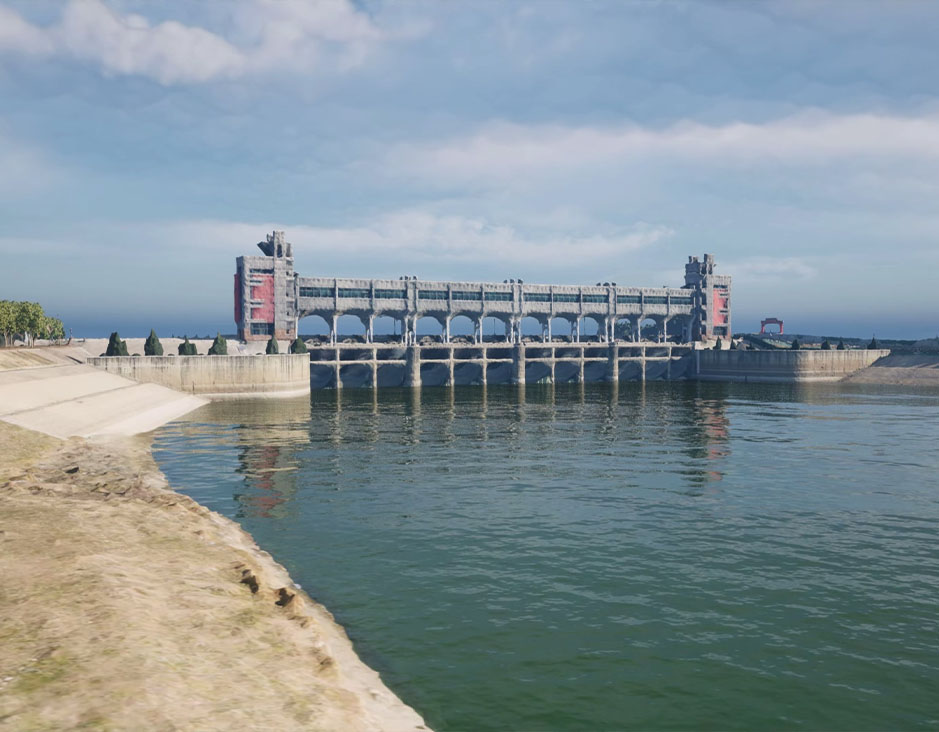 Water
Water power
power 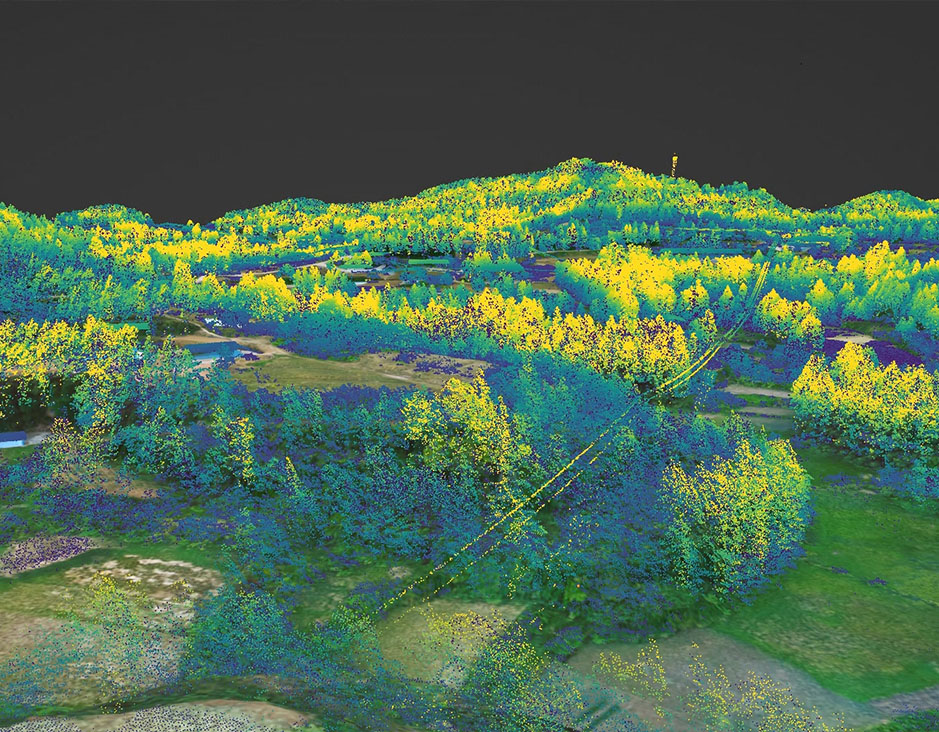 Forestry
Forestry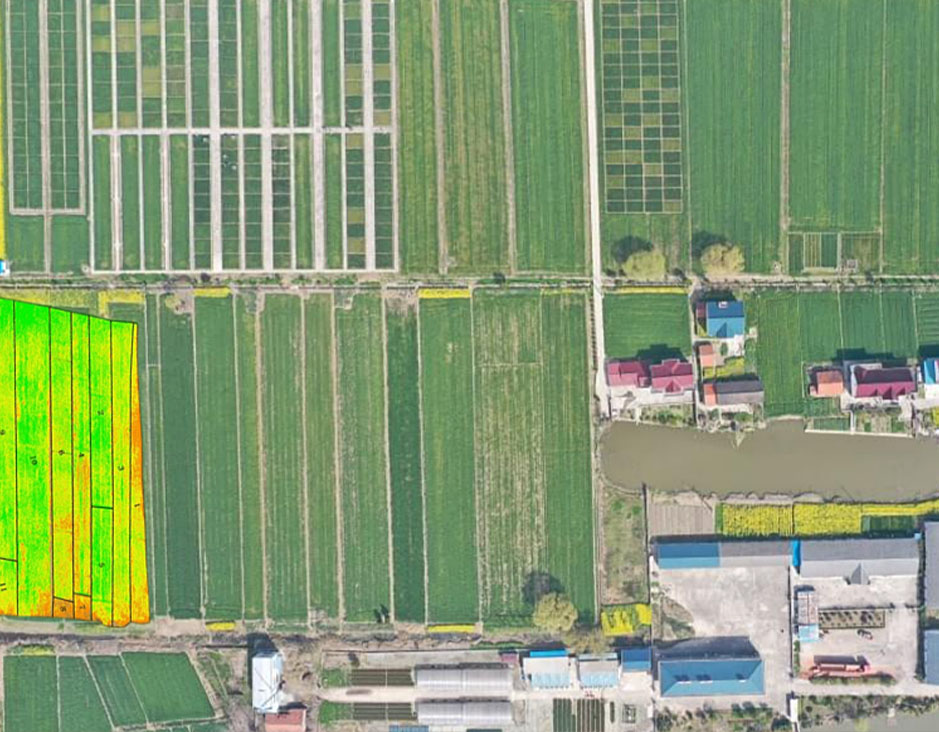 Agriculture
Agriculture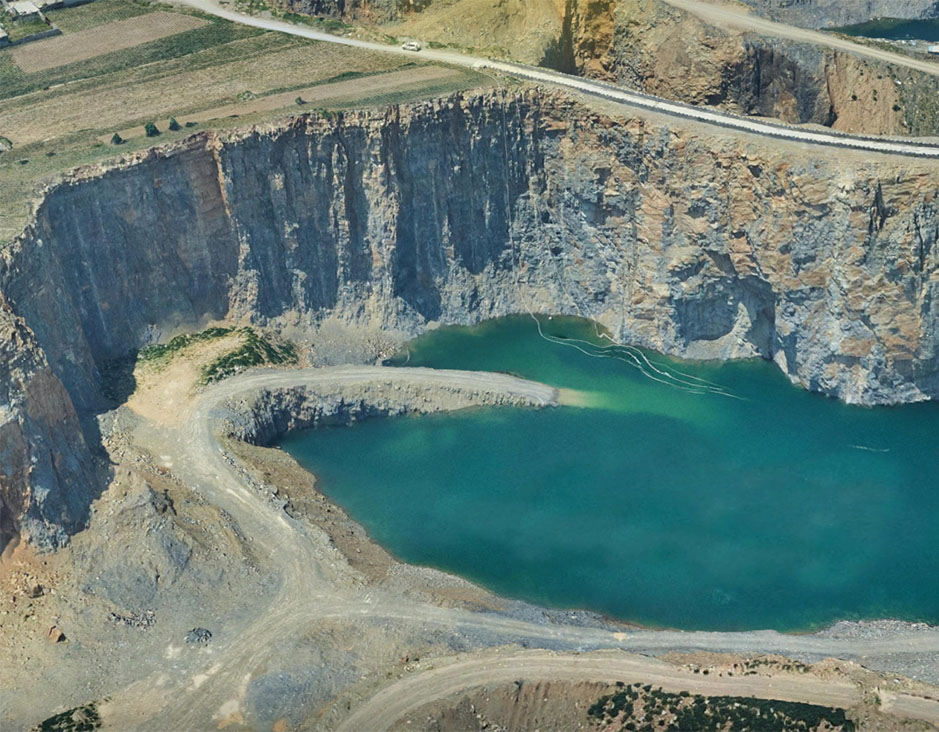 Mines & Quarries
Mines & Quarries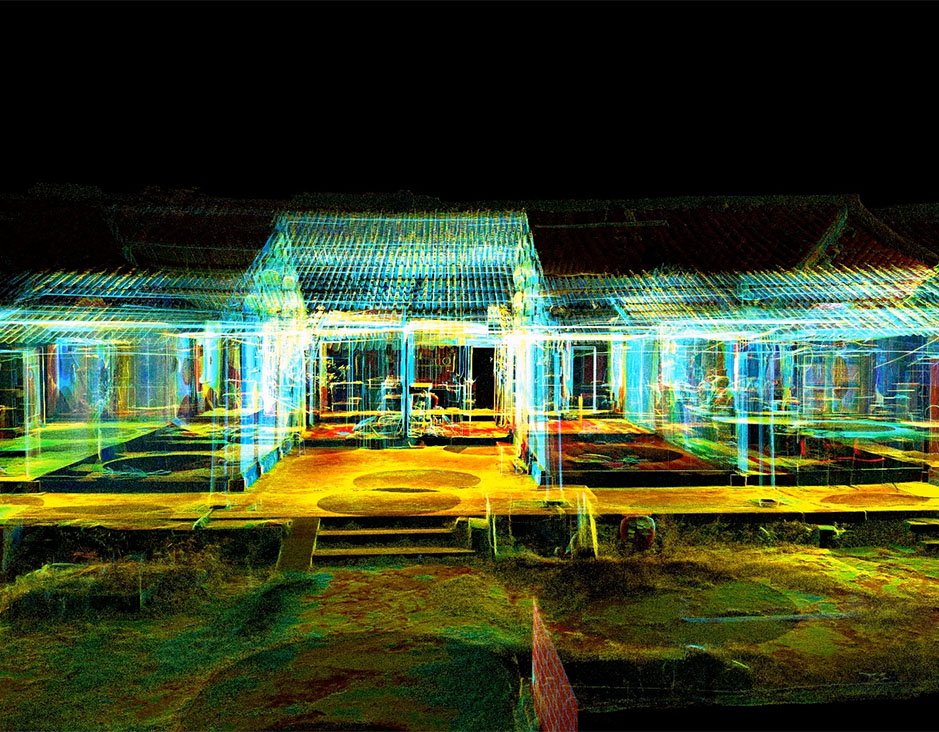 Heritage Buildings
Heritage Buildings About
About Recognition
Recognition Case
Case





